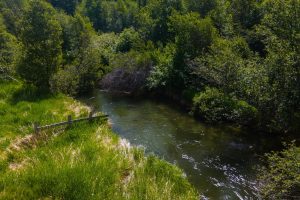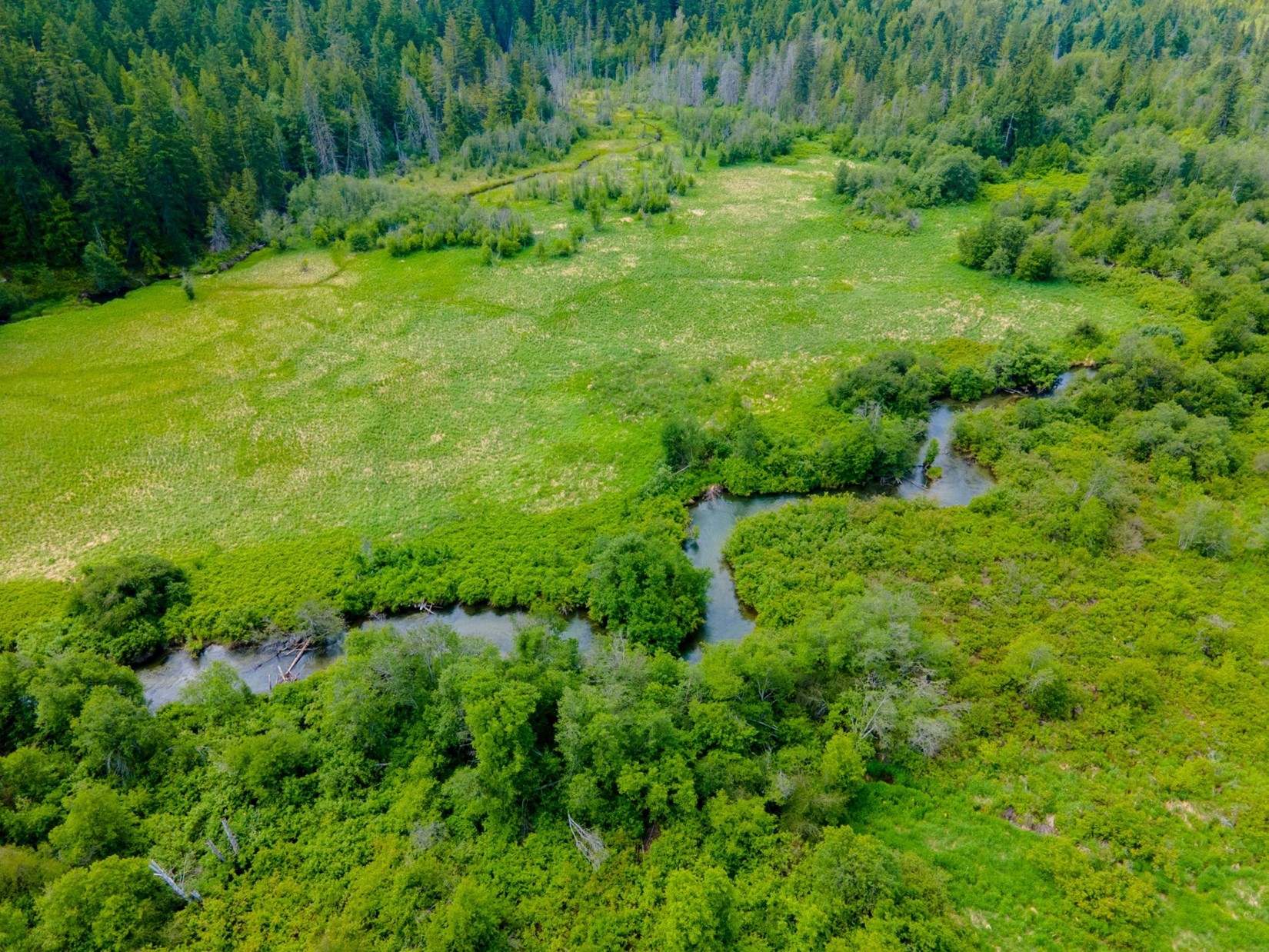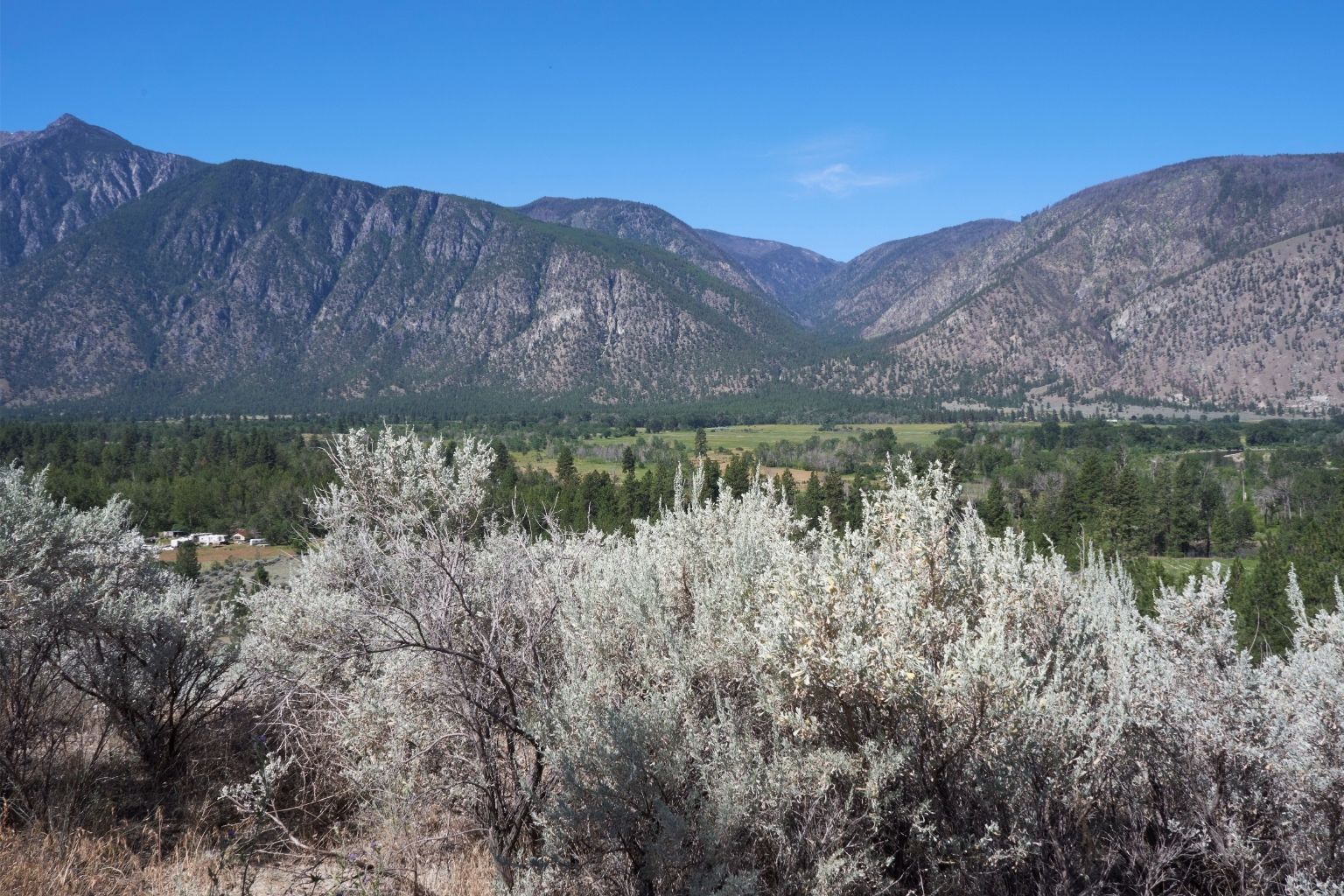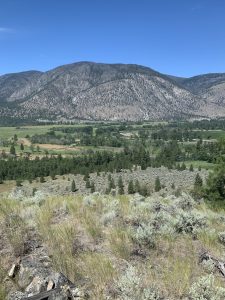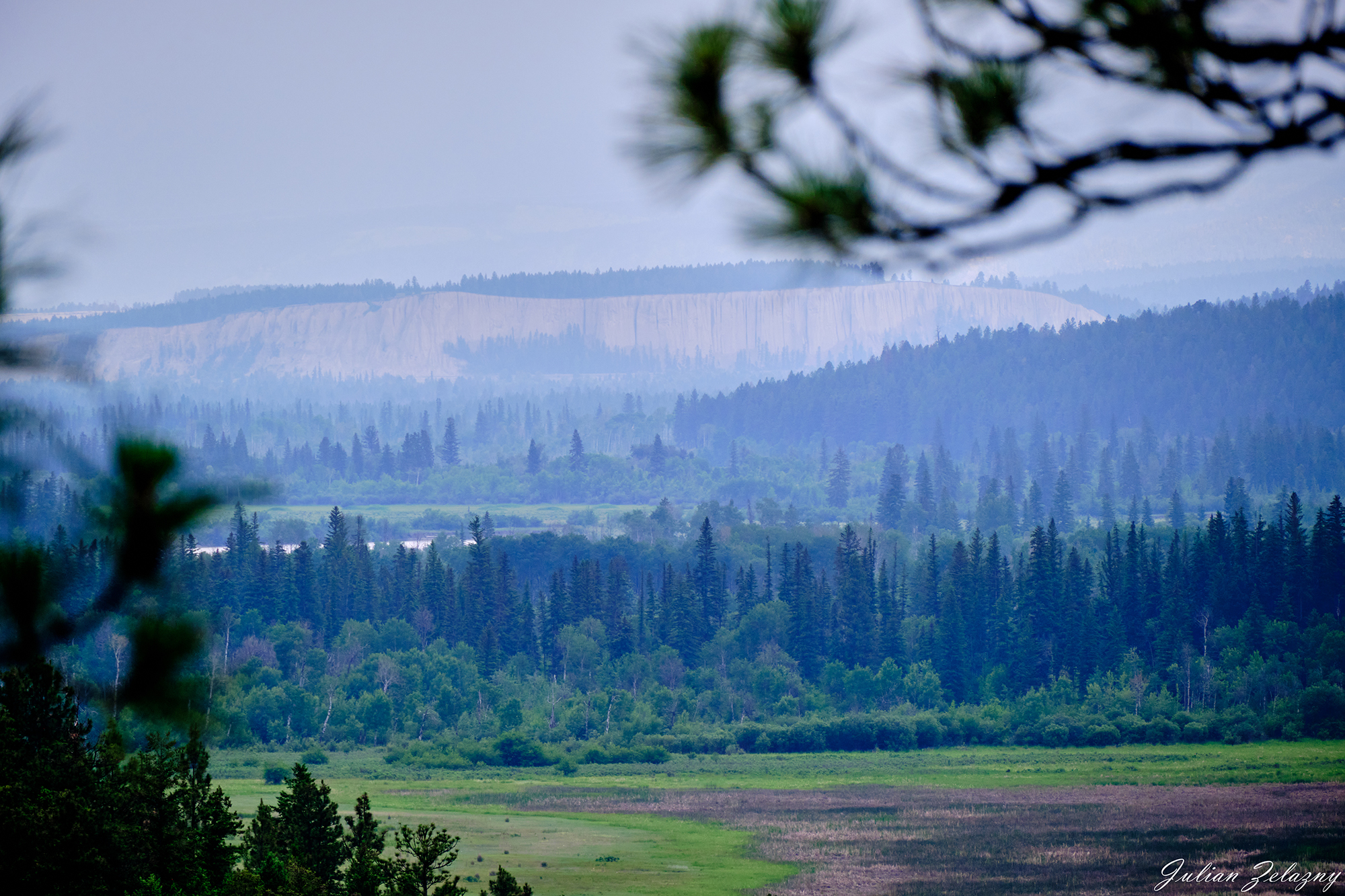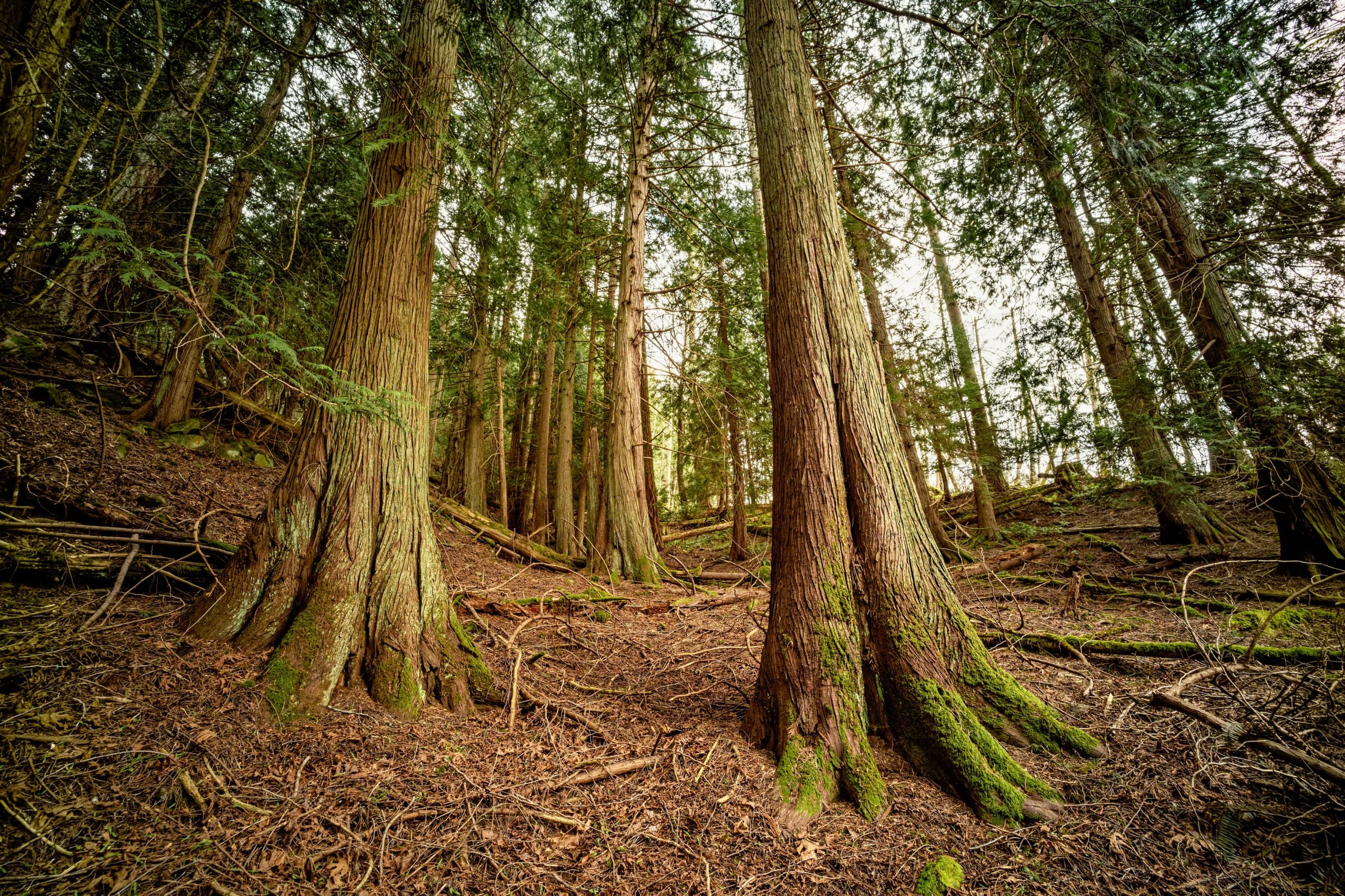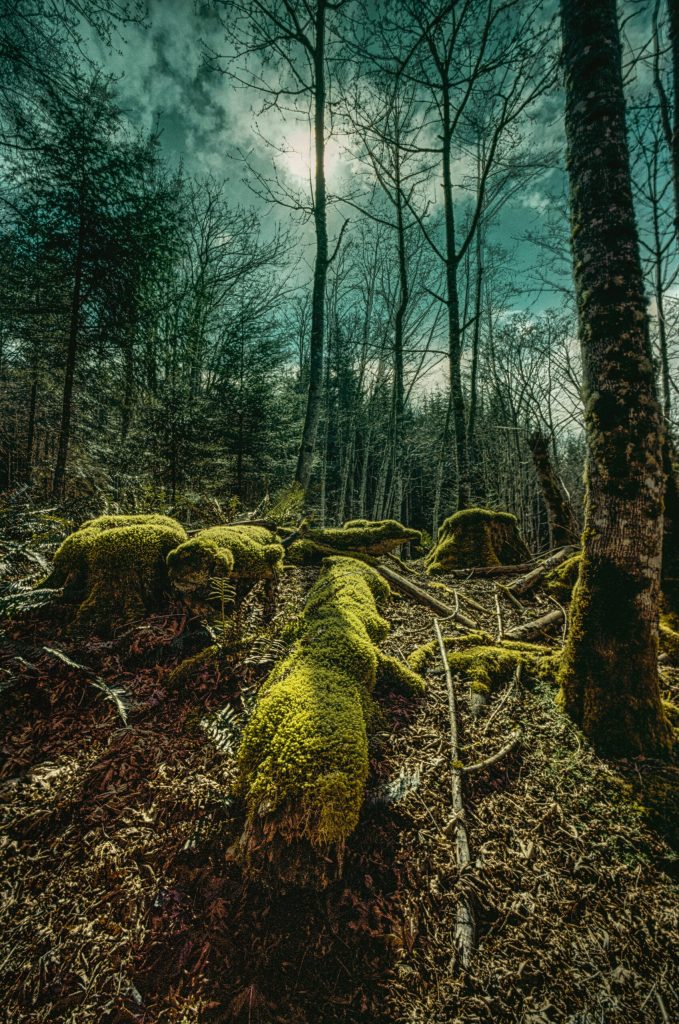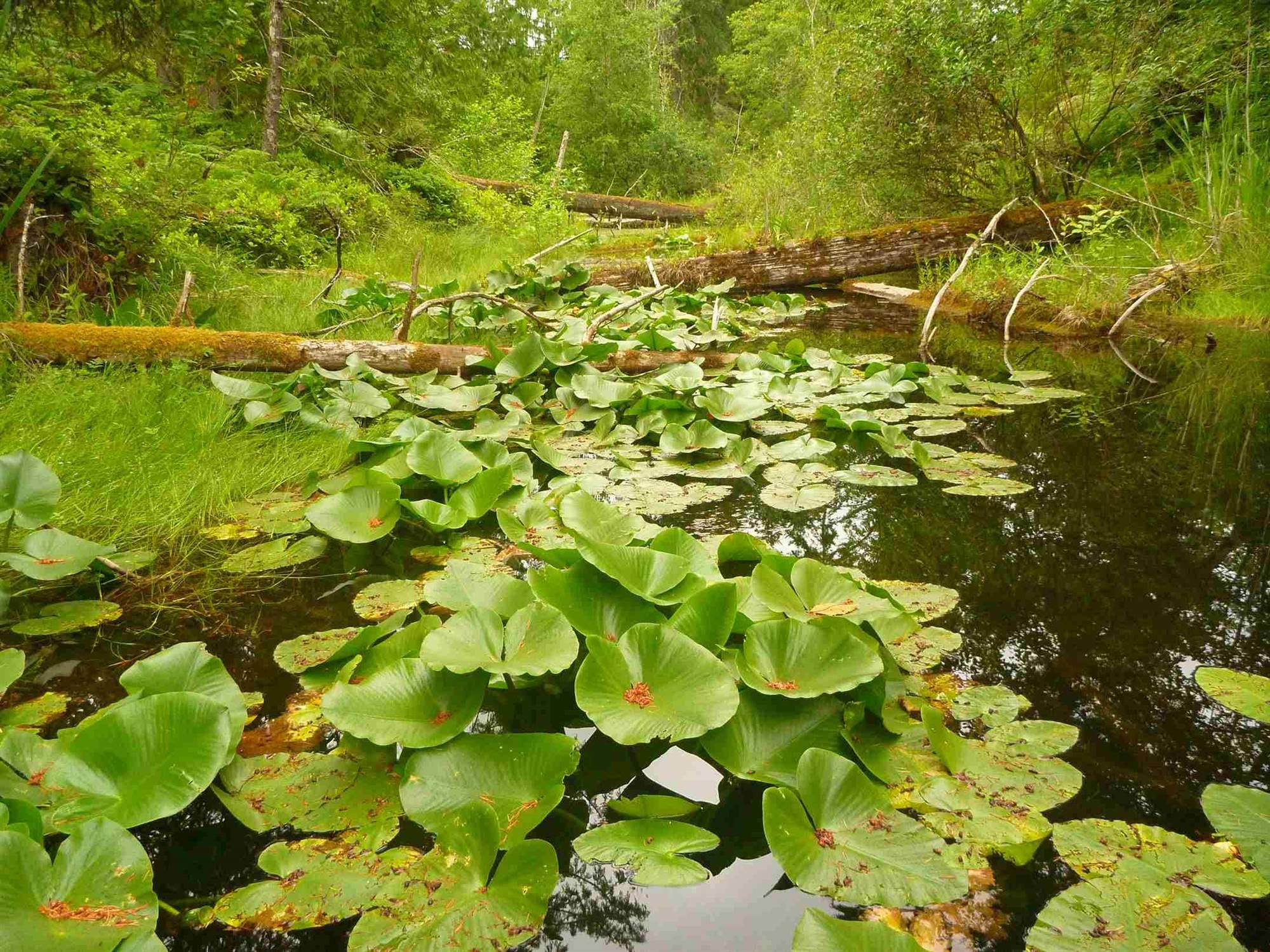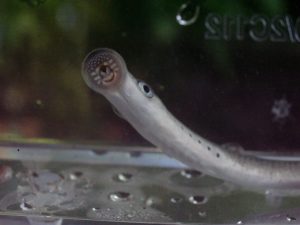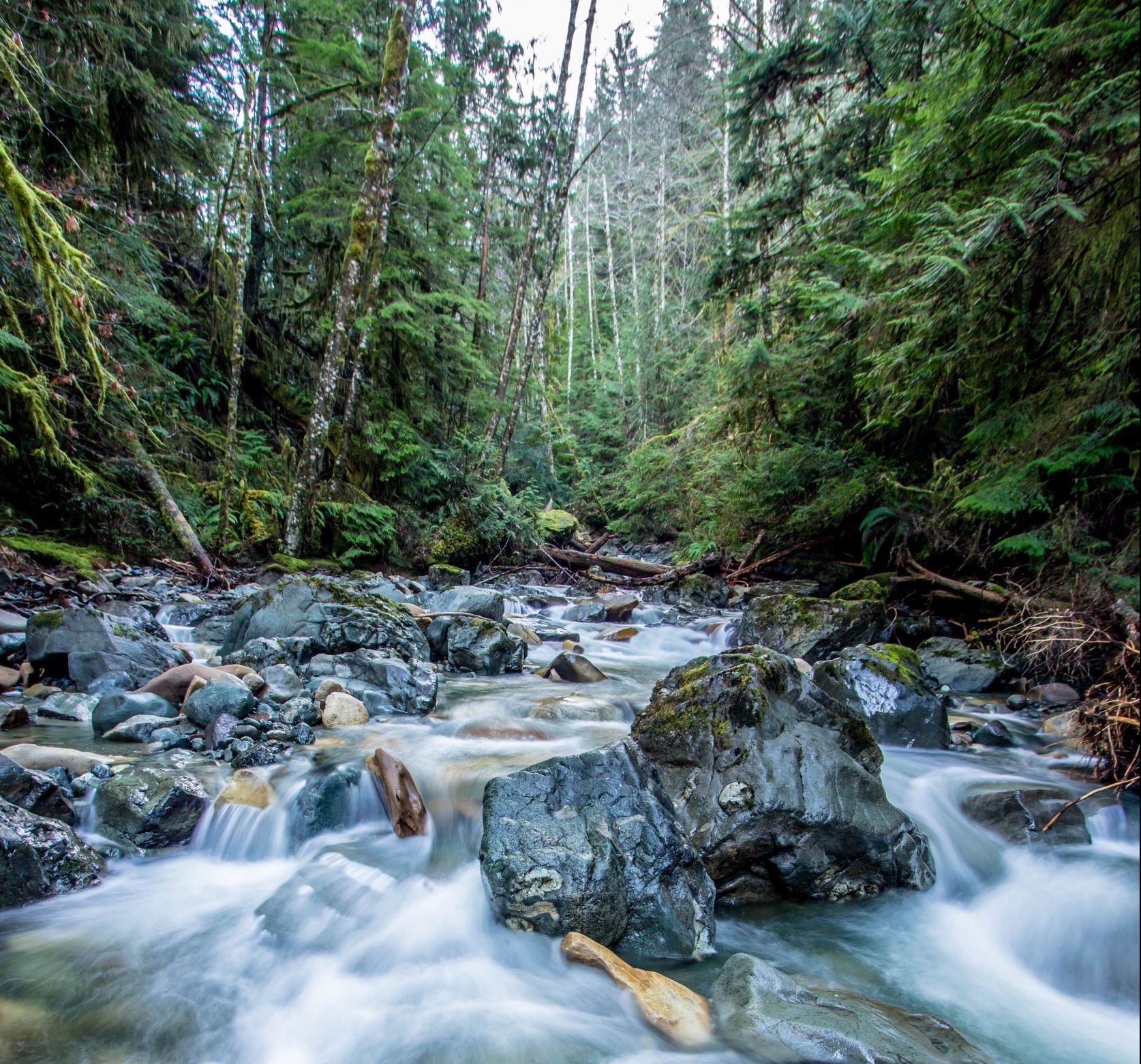Thanks to the support of nature lovers across the province, critical Kootenay wildlife corridors have been protected, increasing connectivity for species like the grizzly bear, elk, and Lewis’s woodpecker.
In a landmark achievement for conservation, The Nature Trust of British Columbia (NTBC), a leading land conservation charity, recently announced the protection of two crucial conservation areas in the Kootenay Region: Bummers Flats – MapleCross Benchlands and Wycliffe Prairie, part of the Wycliffe Conservation Complex. This success is thanks to the unwavering support of nature lovers across the province, ensuring the protection of these vital habitats for future generations.
The Government of Canada’s investment in major nature conservation projects in B.C., through the Nature Smart Climate Solutions Fund, was pivotal in securing these new conservation areas. These investments, complemented by generous contributions from the Kootenay community and donors across B.C., Canada, and the U.S., enabled The Nature Trust of BC to raise almost $4 million to protect 874 acres (354 hectares) of habitat in the region, providing critical movement corridors for wildlife, including grizzly bears and elk. This acquisition will also contribute to supporting biodiversity and environmental processes facilitating natural carbon removal from the atmosphere.
These two new conservation areas are characterized by important ecosystems, including grasslands, wetlands, riparian corridors, and Douglas-fir forests. These ecosystems support numerous endangered or other at-risk species and function as significant carbon sinks. The protection of Wycliffe Prairie and Bummers Flats – MapleCross Benchlands marks an important step towards mitigating climate change and safeguarding the rich, but declining, biodiversity in B.C.
“Through collaboration with partners like The Nature Trust of British Columbia, and the support of generous donors, we are working to protect and restore the natural environment in the Kootenay Region. This includes safeguarding a crucial wildlife movement corridor and boosting the region’s capacity to capture and store carbon. The Nature Smart Climate Solutions Fund is playing a key role in helping us combat climate change and biodiversity loss while also advancing efforts to conserve 30 percent of land and water in Canada by 2030,” said The Honourable Steven Guilbeault, Minister of Environment and Climate Change.
“Thanks to the generosity of British Columbians with a deep-rooted love for our province and its incredible nature, we are able to protect Wycliffe Prairie and Bummers Flats – MapleCross Benchlands, forever. We live in the most biodiverse province in Canada, yet almost a third of the species assessed in B.C. are now at risk. Together, we are making a difference by safeguarding vital biodiversity in the Kootenays and helping to mitigate climate change.” said Dr. Jasper Lament, CEO of The Nature Trust of BC.
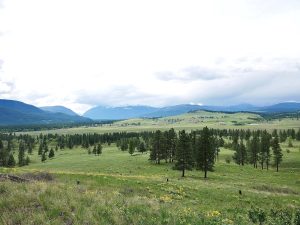
Wycliffe Praire (c) The Nature Trust of BC
Wycliffe Prairie is located within the unceded, traditional territory of the Ktunaxa Nation, and spans 450 acres (182 hectares). This ecologically diverse area features riparian forests along Luke Creek, wetlands, grasslands and dry, open forest habitats that are important to species such as the at-risk grizzly bear (of special concern), the endangered Lewis’s woodpecker, and the endangered American badger.
The protection of Wycliffe Prairie expands the Wycliffe Conservation Complex to over 3,500 acres (1,450 hectares), including lands managed by The Nature Trust of BC, the Province of B.C. and the Nature Conservancy of Canada. This protects habitat for many endangered or other at-risk species. Thanks to the generosity of donors, The Nature Trust of BC successfully raised over $2.5 million to protect and conserve this area for future generations.
The Wycliffe Prairie project was funded in part by the Government of Canada and was significantly bolstered by the generosity of others. The Nature Trust of BC would also like to thank the Coyne family, Habitat Conservation Trust Foundation, Kootenay Wildlife Heritage Fund and the Hammond Family, Rocky Mountain Naturalists, Southern Guides (Guide Outfitters Association of B.C.), Tony Paine & Susan Collacott, the U.S. Fish and Wildlife Service, the Wood Brothers, Yellowstone to Yukon Conservation Initiative (Y2Y), and many others who made this project possible.
The project is part of a cross-border partnership, thanks to the North American Wetlands Conservation Act, which allows U.S. taxpayers to triple their donation through Canadian, and U.S sources, including the U.S Fish and Wildlife Service.
“The Nature Trust of BC has played a significant role in protecting habitat for migratory birds, including along the Pacific Flyway, which extends through Canada, the U.S., Mexico and South America. This project will help further this mission forward, ensuring that avian populations thrive in perpetuity.” said Dr. Jasper Lament, CEO of The Nature Trust of BC.
“We are deeply grateful for the support of our many partners and donors in helping to conserve these ecologically significant areas. It’s an exciting day and an incredible example of the power of collaboration amongst the conservation community. Together, these two projects will leave a lasting legacy for the wildlife and people of the region.” said Chris Bosman, Kootenay Conservation Land Manager, The Nature Trust of BC.
“The Habitat Conservation Trust Foundation is proud to fund The Nature Trust of BC in their acquisition of these vital areas in the Kootenay region. Both projects protect our rare wetland and grassland habitats which are critical to a significant diversity and abundance of species such as grizzly bears, birds, amphibians, and insects. These acquisitions demonstrate how partners collaboratively conserve important habitats for fish, wildlife, and people now and for the future.” said Dan Buffett, CEO of the Habitat Conservation Trust Foundation.
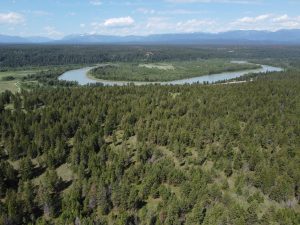
Bummer’s Flats Eastside Benchlands (c) The Nature Trust of BC
Bummers Flats – MapleCross Benchlands, covering 424 acres (171 hectares), is primarily comprised of dry, open forest and grassland situated above the Kootenay River floodplain. Located in the unceded and traditional territory of the Ktunaxa Nation, this area offers connectivity for species like elk, grizzly bear, mule deer, and white-tailed deer. It also provides critical habitat for the federally endangered American badger, and supports diverse plant species, birds, amphibians, and reptiles.
This new conservation area expands the existing Bummers Flats Conservation Complex to 4,930 acres (1,995 hectares), which includes other conservation areas managed by The Nature Trust of BC, the Province, and Ducks Unlimited Canada. This project also succeeds in establishing a cross-valley connectivity corridor that spans from upland habitat west of the Kootenay River, across the river floodplain and up into benchlands at the foot of the Rocky Mountains.
The Nature Trust of BC successfully raised just under $1.4 million to protect and conserve this land. The van der Velden family, who sold the conservation area to The Nature Trust of BC, also donated to the fundraising campaign in honour of Aart, their late father and husband.
“I am deeply thankful that this beautiful land has been protected by The Nature Trust of BC. This land was incredibly important to my husband, Aart, who loved nature his entire life. We moved from Holland to Canada in 1983 and we have always loved the incredible scenery and wildlife in Canada. This land is close to a highway, so we were always concerned the area would be developed one day and that our community would lose its beauty. We see the conservation of this land as a legacy to Aart who would have been thrilled to see this area flourish for generations to come.” said Gerrie van der Velden, previous owner and seller of Bummers Flats Eastside Benchlands.
This project was funded in part by the Government of Canada. The Nature Trust of BC would also like to thank Habitat Conservation Trust Foundation, MapleCross, Nature’s Way, and Yellowstone to Yukon Conservation Initiative (Y2Y) for their generous contributions to this project.
“MapleCross is thrilled to support the acquisition of Bummers Flats – MapleCross Benchlands by The Nature Trust of BC. We are particularly interested in the ecological significance of this project in the Rocky Mountains, as it is located in a corridor essential for the natural movement of wildlife. And, of course, we were intrigued by the origin of the name! We look forward to our continued partnership with The Nature Trust of BC and to sharing its ongoing commitment towards protecting ecologically vulnerable ecosystems in B.C.” said Dr. Isobel Ralston and Dr. Jan Oudenes, MapleCross.
“Yellowstone to Yukon Conservation Initiative applauds The Nature Trust of BC’s commitment to conserving landscapes in the Kootenay region for biodiversity and wildlife connectivity. The value of the wildlife habitat within the Wycliffe Prairie and Bummers Flats – MapleCross Benchlands properties is important both locally and on a larger scale. These now-protected lands will help to ensure wildlife’s essential movement between the Rocky Mountain and Purcell ecosystems in B.C. — and across the continentally significant Yellowstone to Yukon region. Because of partners like The Nature Trust BC and the dedicated landowners they work with, we can ensure these important landscapes remain intact and connected, forever.” said Jordan Reeves, Director of Landscape Connectivity, Yellowstone to Yukon Conservation Initiative.
The conservation of Wycliffe Prairie and Bummers Flats – MapleCross Benchlands is an important milestone towards the long-term protection of B.C.’s biodiversity and addressing the twin crises of biodiversity loss and climate change. Thanks to the generosity of donors across the province, this land will be conserved and stewarded in perpetuity.
